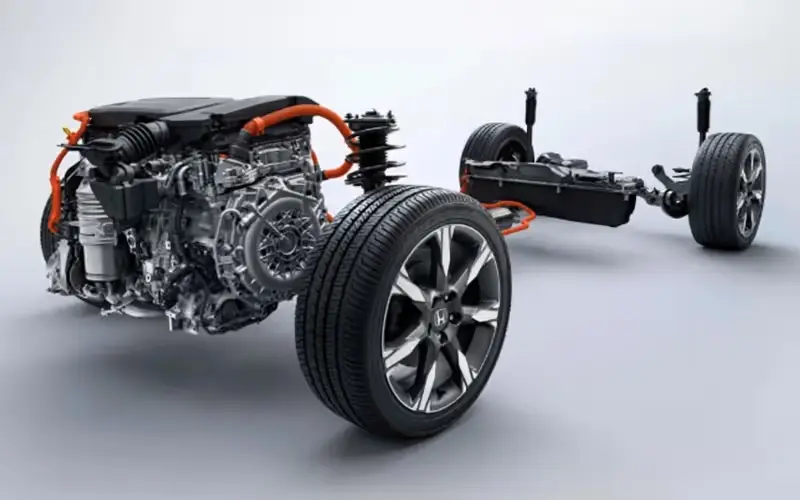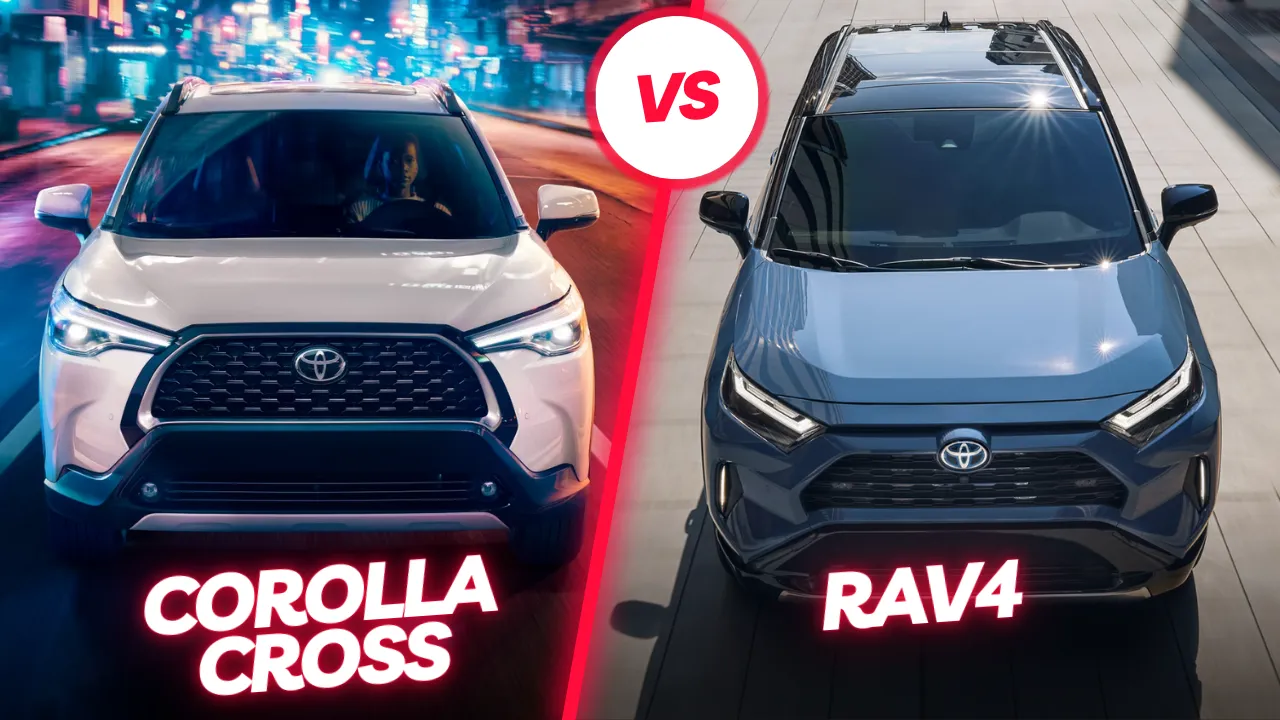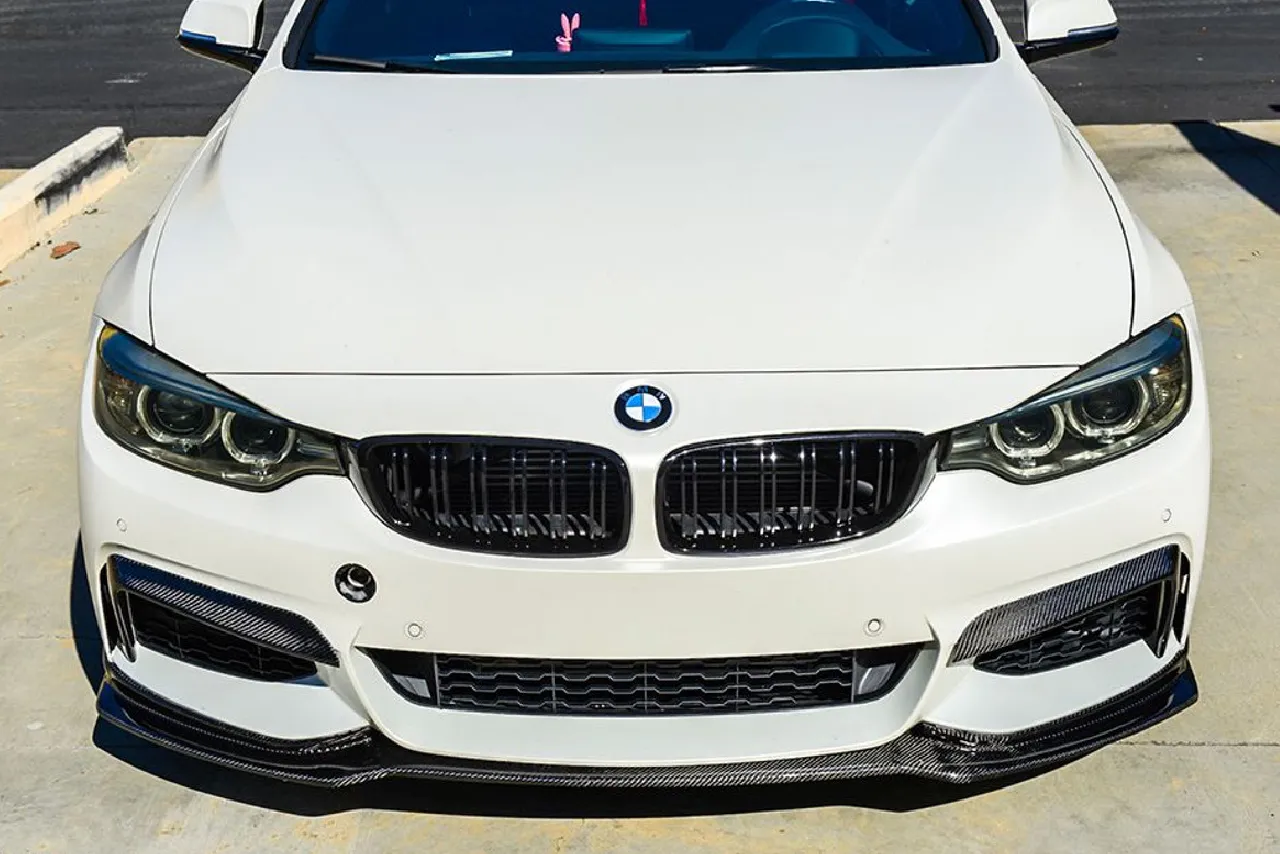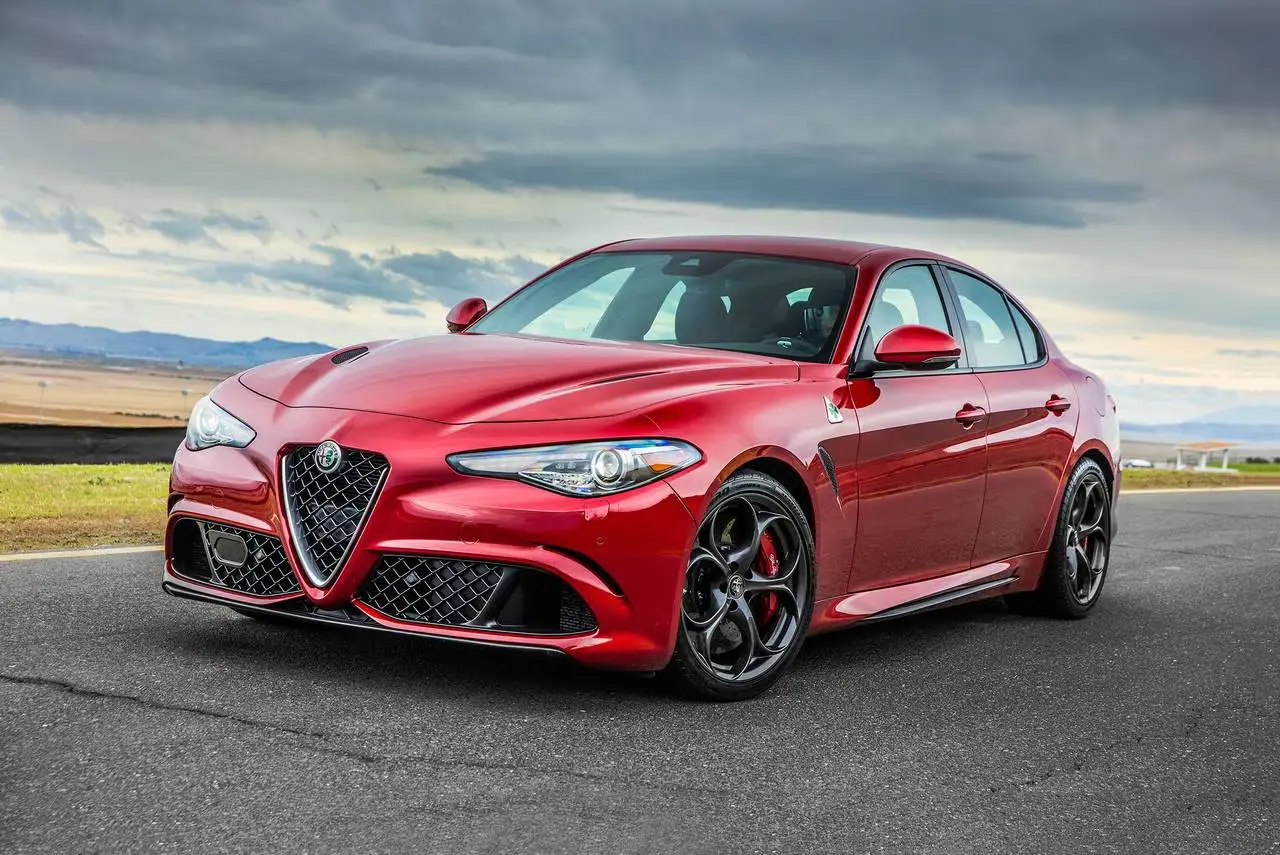If you’ve heard the term CVT drive and wondered what it means, you’re not alone. It stands for Continuously Variable Transmission. Unlike regular transmissions that shift between fixed gears, CVT lets your car change power smoothly without any hard shifts. It’s like riding a bicycle with an automatic gear system that glides instead of clicking—making your ride more efficient and comfortable.
You’ll find CVT drive in many modern vehicles, especially from brands like Toyota, Honda, Subaru, and Nissan. Whether you’re driving through traffic or cruising on the highway, CVT adjusts to your speed without the feeling of shifting gears.
Table of Contents
ToggleCVT Drive Key Information Table
| Feature | Details |
|---|---|
| Full Form | Continuously Variable Transmission |
| Main Advantage | Smooth acceleration, no gear shifts |
| Fuel Efficiency Benefit | 2–3 mpg better than traditional automatic |
| Common Brands | Toyota, Honda, Nissan, Subaru |
| Hybrid Use | Yes, especially in Prius and Camry Hybrid |
| Driving Feel | Calm, steady, seamless |
| Maintenance Tip | Use specific CVT fluid and follow service schedule |
| Possible Drawbacks | “Rubber band” feel, expensive to fix if neglected |
| Software Shift Simulation | Present in newer models for better feel |
| Best Use Cases | City driving, hybrids, fuel-conscious users |
How Does a CVT Drive Work in a Car?
To understand what is CVT drive, imagine two cone-shaped pulleys connected by a steel belt. One pulley connects to your engine, and the other goes to your wheels. As your car speeds up or slows down, these pulleys change size to give you the right gear ratio—without any steps or breaks.
This smooth shifting is why CVT cars feel different. The engine stays at its most efficient speed while the car adjusts automatically. No gear jumps, no jerks—just one smooth motion. For a deeper explanation, you can visit Wikipedia’s page on CVT.
Why CVT Drive Is Popular in Modern Cars
So, why do carmakers love CVT drive? It helps save fuel and offers smoother rides. Since the engine works at its ideal RPM, you get better gas mileage. Also, without gear shifts, your car feels more relaxed, especially during stop-and-go traffic.
Toyota’s Direct Shift-CVT adds a real gear for quick takeoff, then switches to smooth CVT action. That means you get power when you need it and efficiency the rest of the time. You’ll find CVTs in cars like the Toyota Corolla, Honda Civic, and even the Subaru Forester.
CVTs are also perfect for hybrids like the Toyota Prius, which uses an advanced e-CVT system. This blends gas and electric power without using regular gears. You can read more about that system here.
Does a CVT Drive Feel Different While Driving?
If you’re new to CVT, the driving feel might seem strange at first. You press the gas, and the engine revs steadily, but you don’t feel gear changes. That’s because CVT drive skips gears completely. Instead of stepping up power, it adjusts gradually like a dimmer switch on a light.
Some people call this the “rubber band effect,” because the engine revs don’t always match your speed changes instantly. But newer CVTs now simulate gear shifts using software, so the feeling is closer to traditional automatics.
Pros and Cons of CVT Drive
The best part of CVT drive is the fuel savings. Cars with CVT usually get 2–3 more miles per gallon compared to regular automatics. That’s a big win for drivers who want fewer stops at the gas station.
Also, CVT makes the ride smoother. No jolts. No lag. It’s just calm driving all the way. But like everything, CVT has some downsides. It’s not as sporty. Some drivers don’t like the high engine sound under load, and CVTs can be costly to repair if not maintained properly.
Different Types of CVT Drive Systems
Not all CVTs are the same. Most passenger cars use a pulley-based CVT, but hybrids use an e-CVT system. Some tractors and heavy-duty machines use hydrostatic CVT, and older high-performance models from Audi used a toroidal CVT.
Each one is made for different tasks, but the goal is always the same—smooth, fuel-efficient driving with fewer moving parts than a traditional transmission.
Real Cars That Use CVT Drive Today
If you’re shopping for a car with CVT drive, you’ve got lots of options. Models like the Toyota Prius, Honda Accord, Nissan Altima, and Subaru Outback all come with CVT as standard or optional. Many compact cars and crossovers now rely on CVT to keep costs and fuel usage low.
Toyota even uses a CVT in many of their hybrids to blend gas and electric power more efficiently. Subaru’s Lineartronic CVT has also gained fans for being responsive and long-lasting.
Is a CVT Drive Right for You?
If you care about smoother drives and better fuel economy, CVT drive is a smart choice. It’s great for daily city driving, long highway cruises, and even light off-roading in CVT-equipped SUVs. However, if you enjoy sporty driving or tow heavy loads, a regular automatic or manual might still be a better fit.
CVTs are reliable when properly maintained. Just make sure you use the correct transmission fluid and service it at recommended intervals.
Conclusion
Now that you understand what is CVT drive, it’s easy to see why so many automakers are using it in their latest vehicles. From smoother rides to better mileage and lower emissions, CVTs are helping modern cars perform smarter—not harder.
Whether you’re a first-time buyer or upgrading to a hybrid, knowing how CVT works can help you choose the right car. It may not have the roar of a sports car, but it definitely has the brains for everyday driving.
I’m Waqas, an electric vehicle enthusiast and tech writer with over 6 years of experience covering the EV industry. I write in-depth articles, comparisons, and reviews to help readers understand the fast-evolving world of electric mobility. From battery technology to EV launches and charging trends, I aim to make complex EV topics simple, engaging, and informative for everyday drivers and curious readers alike.






